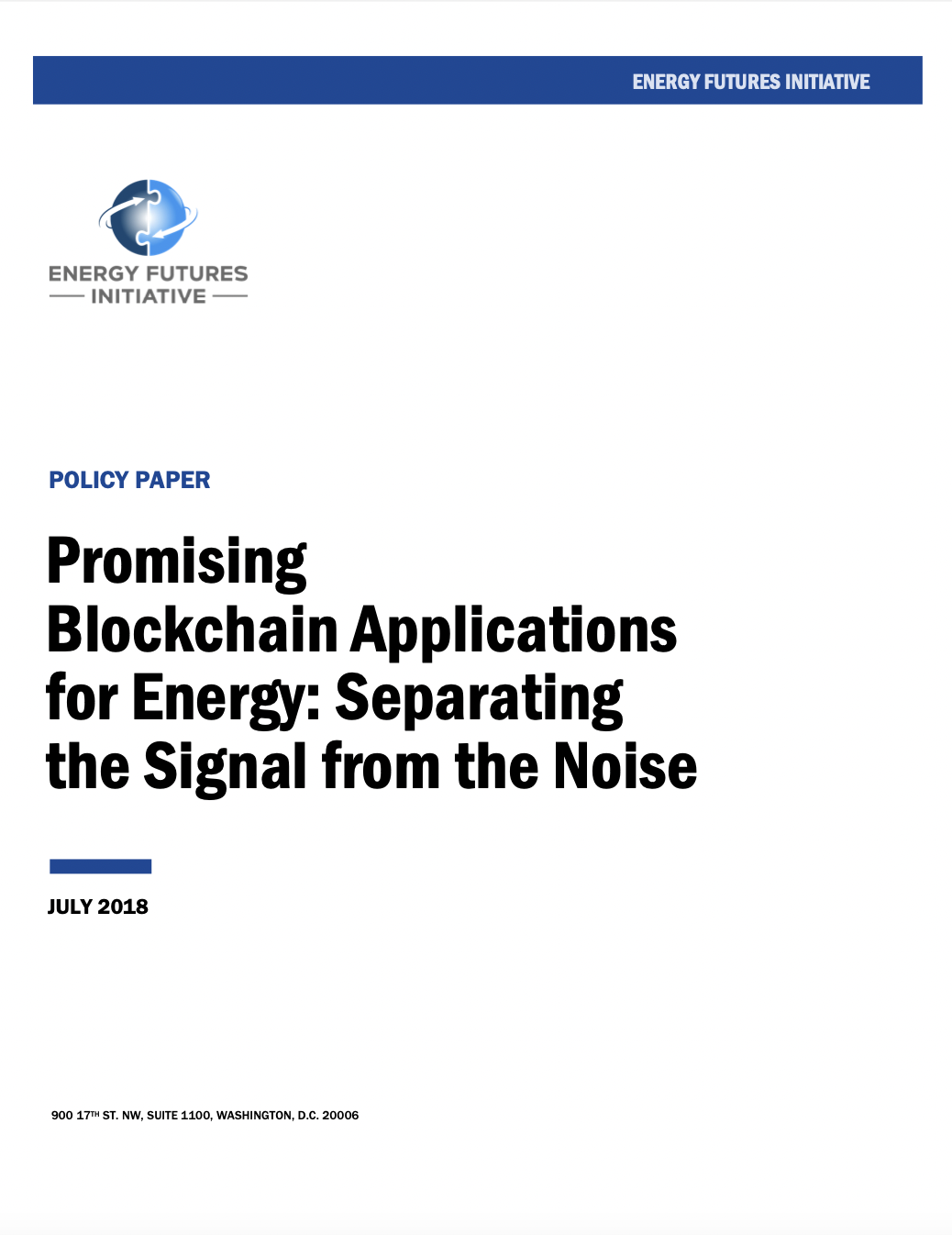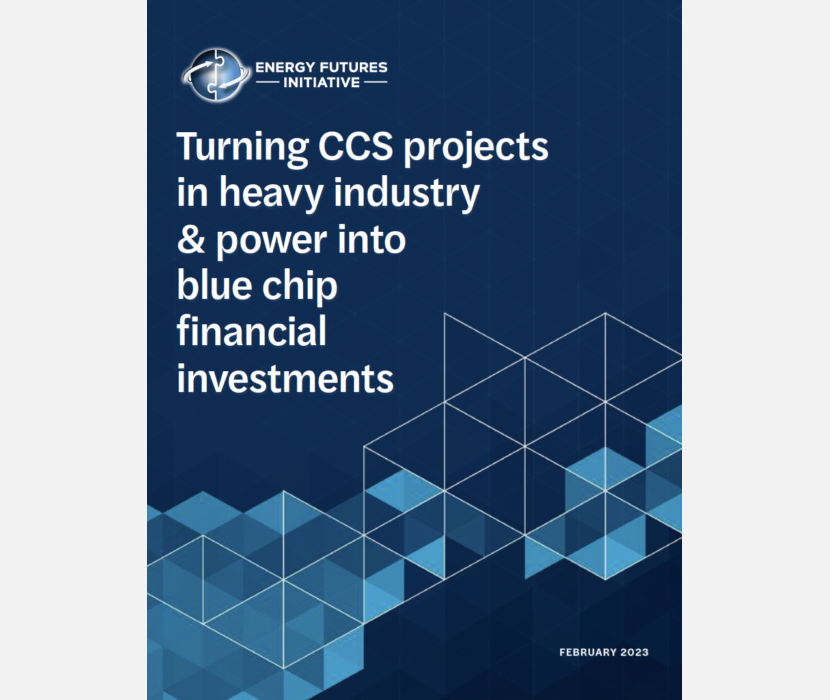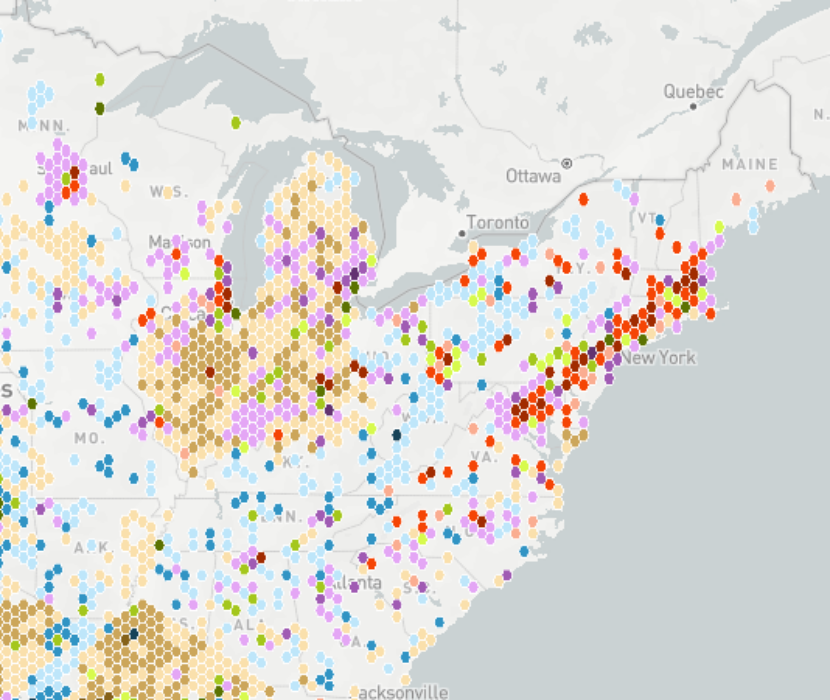Promising Blockchain Applications for Energy: Separating the Signal from the Noise (July 2018) provides a critical examination of energy applications for blockchain technology, focusing on five key areas—distributed energy resources, electric vehicles, energy trading platforms, carbon registries, and transactions in emerging markets.
Blockchain applications may assist energy players in managing a range of rapid changes occurring in the energy sector, such as the need for decarbonization, integrating variable generation technologies, increased adoption of distributed generation, and the national security implications of electricity reliance. Energy sector trends such as these create new complexities and challenges and may benefit from technologies, like blockchain, that seek to optimize the use of information to save time, reduce cost and risk, and increase trust.
As blockchain applications are developed and deployed, this report attempts to separate the “signal from the noise” by first identifying the unique features of blockchain relative to current systems, and then by analyzing energy applications.
This report assesses five promising use cases of blockchain applications for emerging energy sector issues:
- Distributed energy resources (DER): DERs can result in system inefficiency and unnecessary cycling from other generating units. A blockchain can create a secure system for managing DER records, statuses, and transactions, providing operators with critical information to enhance the situational awareness needed to manage unnecessary ramping, load forecasting, interconnection requirements, and ensure reliability.
- Electric vehicle (EV) markets: Blockchain can allow and incentivize the owners of private EV charger to make the available for public use. Blockchains can create simple, peer-to-peer transactions on chargers that allow owners to set their own prices.
- Advanced energy trading platforms: Energy and commodity trading firms increasingly rely upon big data analytics and cloud-based storage to optimize their processes. A blockchain-based platform can help integrate market participants and incentivize new ones. Resource types, such as EVs, can receive payments for participation as sources of supply or as demand response with smart contracts on the blockchain.
- Emissions tracking and carbon registries: Successful emissions trading systems (ETSs) require substantial resources, meticulous design, and a commitment to best practices in monitoring, reporting, and verification. Blockchain’s core capabilities align well as a trusted repository of transaction data. Blockchain can be used to streamline trades, strengthen the verification process, eliminate the need for costly centralized management, and to create an immutable and transparent record of market data.
- Energy transactions in emerging markets: Many emerging economies lack the institutional capacity to build and sustain robust, traditional energy markets. Blockchain can be used to automate many institutional capacities that are typically executed by large organizations, creating a trusted system for handling energy transactions without a central authority.
This report was published by the Energy Futures Initiative in July 2018 and attracted coverage from groups such as the American Public Power Association.
(Share this post with others.)





